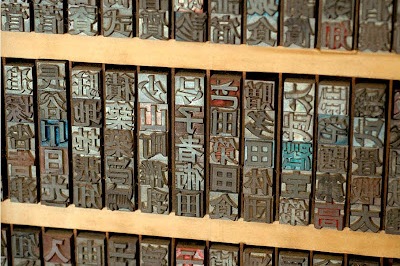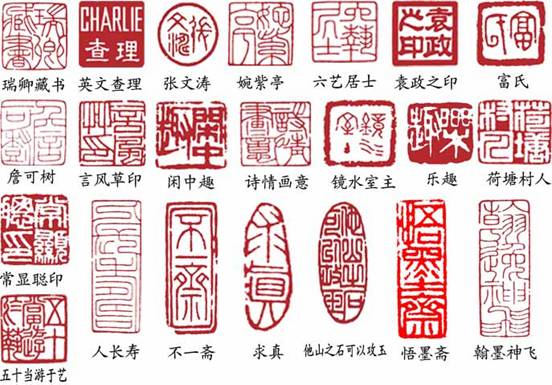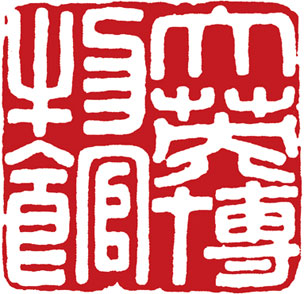Lecture Summary
The way we communicate depends highly in how we record as well as their method and this can range from manuscript bibles to the invention of printing and typography. In the East, chop seals and stamps had evolved from xylography or holy Buddhist texts as a way to record signatures. Towards the middle east, the invention of parchment paper, which was made from animal skins, had emerged. Vellum, as it was called was less translucent than papyrus which allowed people to be more economical. They were able to draw on both sides of the paper. Eventually, separate sheets of papyrus scripts were combined for convenience in the form of “Codex” or codices. They were filled with texts such as Capitalis quadrata and adorned by Initials and drop caps. Half uncials were written between 4 pencil lines. An example of a codex is a Koran by prophet Muhammed, made for the Islam religion that relied on text and patterns (as the depiction of real people was considered a sin). More examples mentioned included Book of Durrow, Codex of Canterbury, The Book of Kells, Ornesby Psalter, Gothic Style Script, Book of Hours, Utrecht Book of Hours, Codex Gigas (Giant Book).






